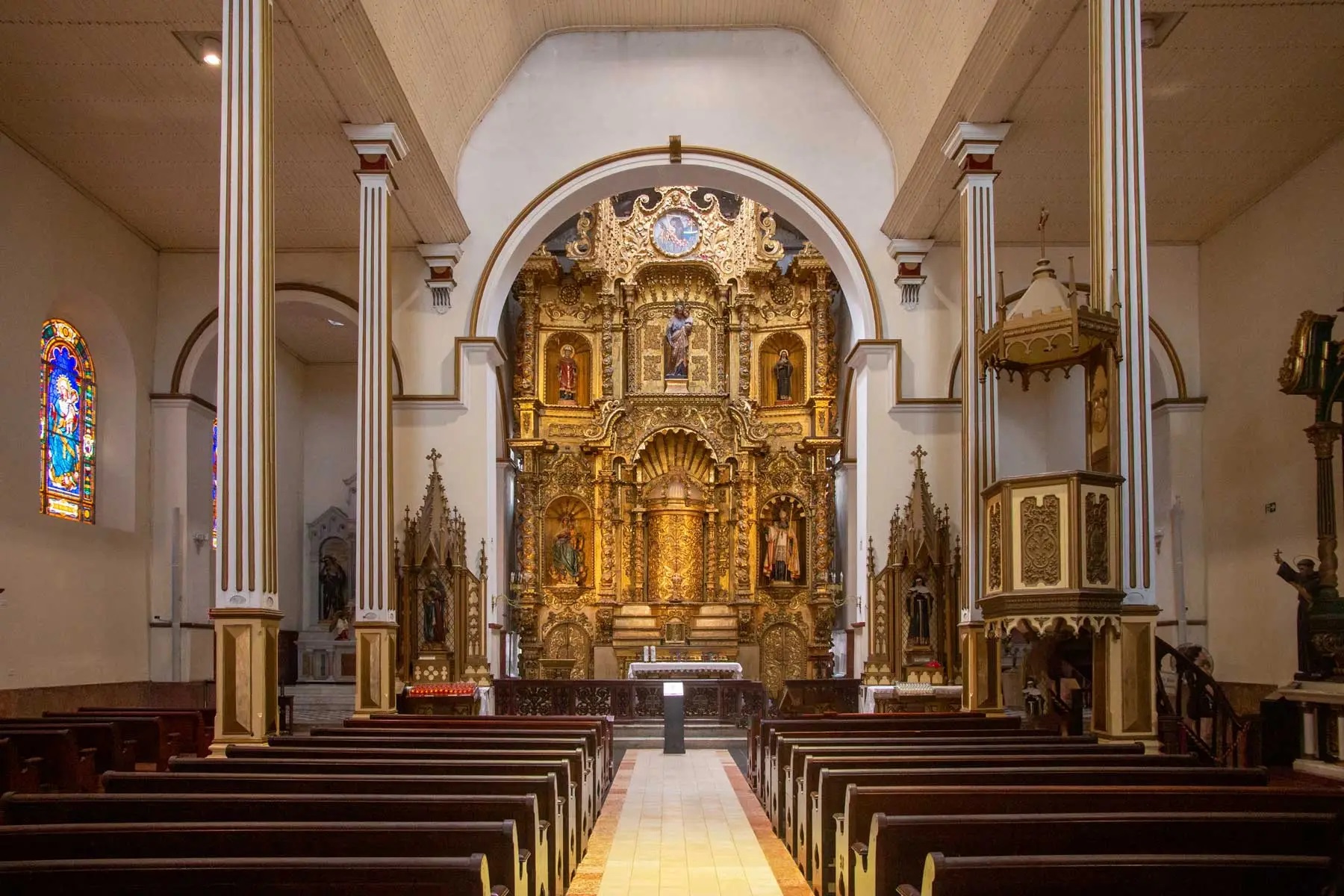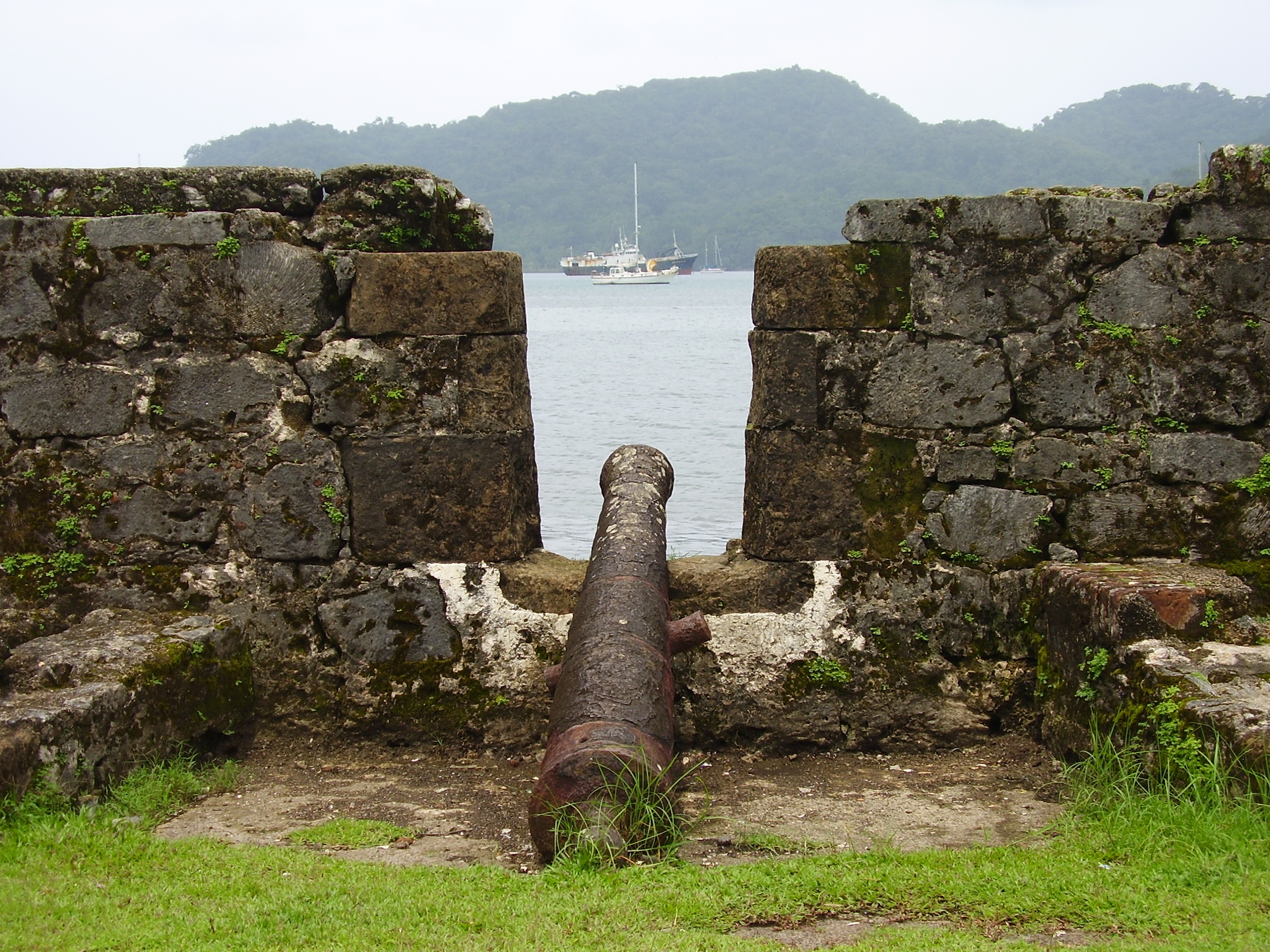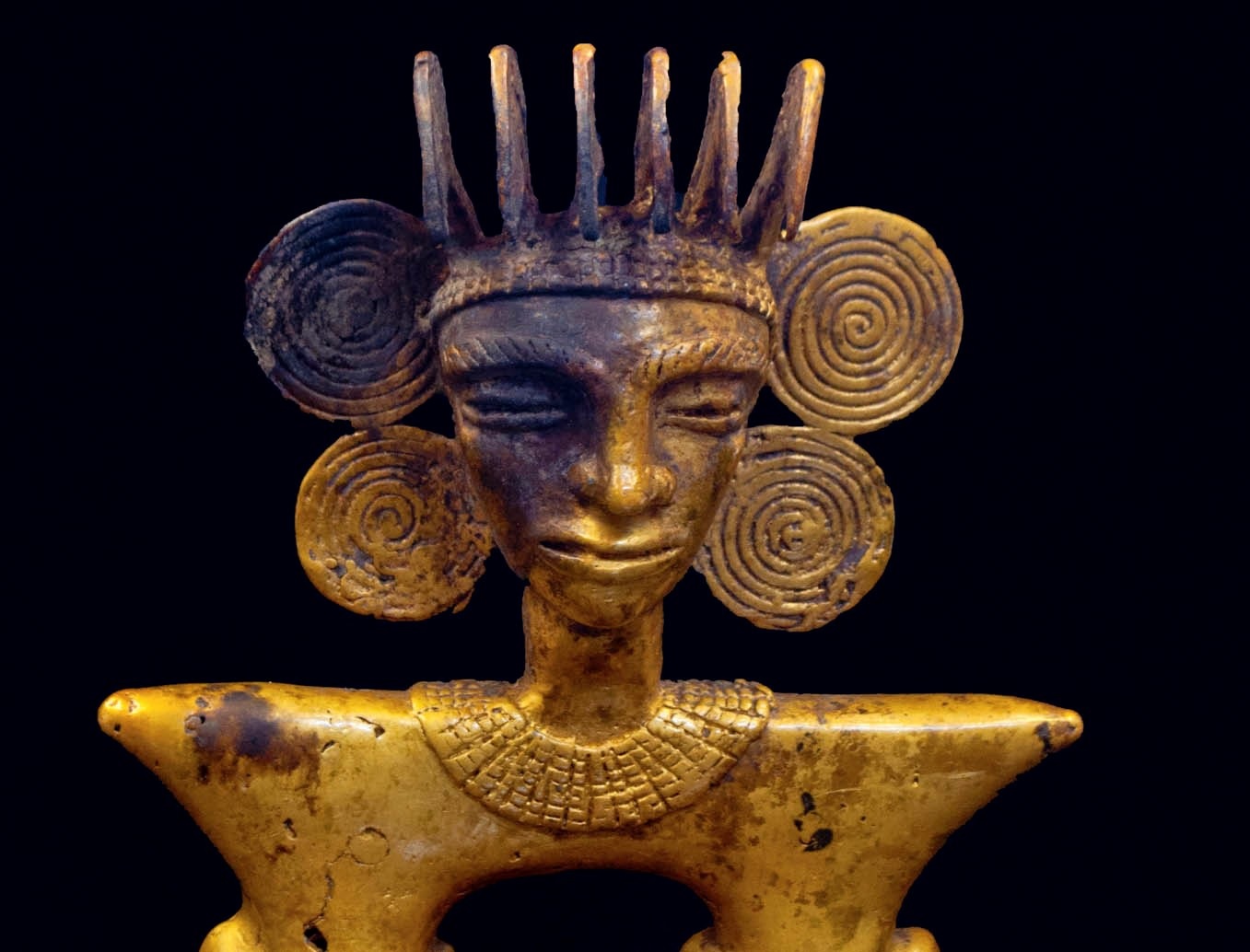Cultural & Heritage Tours
What is Cultural Tourism? According to the United Nations World Tourism Organization, cultural tourism is “movements of persons for essentially cultural motivations such as study tours, performing arts and cultural tours, travel to festivals and other cultural events, visits to sites and monuments, travel to study nature, folklore or art, and pilgrimages.”
What is Heritage Tourism? Historical or heritage tourism means traveling with the primary purpose of exploring the history and heritage of a place.

Panama connects the world, and not only because it’s the bridge between North and South America. For centuries Panama has been a crossroads for humanity and a meeting point for peoples, goods and ideas. Settled thousands of years ago by ancient civilizations, the land that has become modern-day Panama boasts a rich mosaic of cultural diversity where indigenous roots meet African heritage and Spanish influence. It is also a place that many travelers have passed through for hundreds of years.
A visit to Panama will not only expose you to some of the oldest colonial relics in this part of the world—including the oldest Spanish fort and the first European settlement in the Pacific—but, you’ll also get the chance to see the burial grounds of an ancient civilization that once lived in the area at the ongoing excavation site, known as El Caño Archaeological Park.
Aside from the rich history of the land, Panama is home to 7 different thriving indigenous communities, two of which—the Guna and the Emberá—can easily be visited by tourists eager to learn more about their well-preserved traditions and unique cosmogenic views. Visitors can explore Panama’s Congo culture in places like Portobelo, as well as the unique gastronomy of Panama’s Afro-Caribbean community. In the central provinces of Los Santos and Herrera, you’ll get to learn about the traditional folklore and Panamanian customs including the pollera, cutarras and diablicos.

Tsar Events Panama DMC can offer you great variety of cultural and heritage programs in Panama. It can be visit of Portobello San Salvador Fortress or tour along cathedrals of Casco Vijejo in Panama City.
Contact our team by for full list of activities.
Below is just couple of samples of what can be done for you.

The Panama Viejo Historical Monument Complex visit with local Historian
The Panama Viejo Historical Monument Complex, designated as such by Law 91 of December 1976 and also known as the Panama Viejo Archaeological Site or as Panama La Vieja, is located within the modern city of Panama, between the mouths of the rivers Algarrobo and Abajo, in front of the Pacific Ocean, at the narrowest part of the Isthmus.
The site includes the ruins of the first European settlement on the Pacific Coast of the Americas, as well as traces of the first inhabitants of the Isthmus. Panama City was founded by Pedrarias Dávila on August 15th 1519, and reached 10,000 inhabitants in the XVII century.
Initially Panama’s function was closely linked to the conquest expeditions that were heading to South America, but its strategic role as the axis of one of the most important commercial routes of the time placed the city in a privileged position and marked from then on its destiny as a territory at the service of international transit.
In 1671 the city was destroyed by an attack led by the English pirate Henry Morgan, and it was never rebuilt. The remains of the old city were abandoned for more than two centuries. This radical abandonment allowed for the long-term conservation of the historical and archaeological remains of the important buildings and structures, while the city’s activity was transferred to what is currently known as the Old Quarter or Casco Antiguo.
The city of Panama, towards the XVII century, had an approximate area of 60 hectares. Currently the Panama Viejo Historical Monument Complex covers around 28 hectares that include the ruins of some of the most important buildings of the Colonial period, as well as the archaeological traces of the pre-Hispanic and Colonial periods. On July 5th 2003 the UNESCO World Heritage Committee added the Panama Viejo Archaeological Site the World Heritage list as an extension of Panama’s Historic District.

El Caño Archaeological Park
Travel just 160 kilometers to the southwest of Panama City to discover one of Panama’s most important archeological sites. First discovered in 1925, the site at El Caño wasn’t formally investigated until the 1970’s, and even then, researchers were only scratching the surface. It wasn’t until the early 2000’s that a team led by archeologist Julia Mayo launched a formal re-investigation into the El Caño site. What did they find? Several extensive burial grounds uncovering the existence of a pre-Colombian civilization that may have lived in the area between 700-1000 AD. This epic discovery has been widely reported by National Geographic, and remains part of ongoing archeological research that you can observe for yourself! Photo source: www.tomilli.com
A lot of mystery still surrounds the ancient population that was discovered at El Caño, but specialists have uncovered artefacts that speak to a rich system of iconography, sophisticated gold-working technology and an elaborate hierarchy—as evidenced by their exacting burial placements. In fact, in 2011, Mayo and her team uncovered the body of a warrior chief adorned with gold artifacts while laying atop 25 specifically arranged bodies. Intricate burial sites like this one are crucial in helping scientists understand the hierarchical chiefdom-based societies created by pre-Colombian people of this region.
When you visit, you’ll get to walk along several paths through the archeological sites, including the 2011 burial pit where the warrior chief was discovered. That particular area is now covered by a building for protection. In addition, some skeletons have been placed back into the burial pit, allowing visitors to get a better sense of what it was like to discover them first hand. For more information, you can also visit the nearby visitor center and museum, or hire a tour.
Getting There
El Caño Archaeological Park is a 2.5 hour drive from Panama City in the Province of Coclé, and it’s easily accessible by car